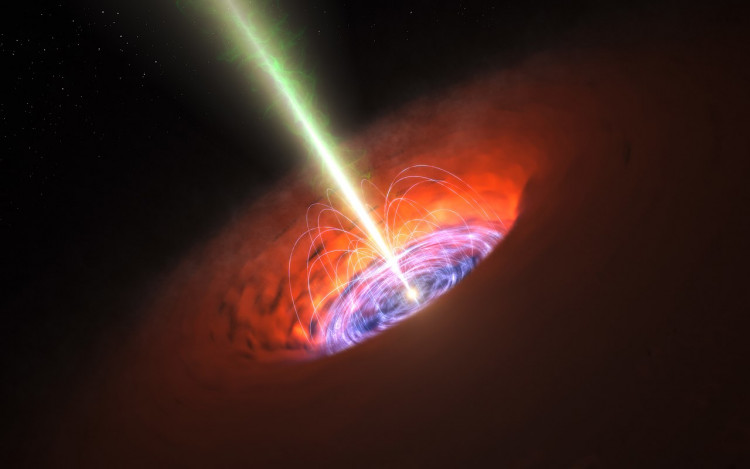Astronomers, in a first, have witnessed a black hole swallowing a neutron star, the densest object in the universe, in a split-second gulp.
They observed an identical thing ten days later, on the other side of the universe. In both circumstances, a neutron star - a teaspoon of which would weigh a billion tons - circles increasingly closer to the ultimate point of no return, a black hole, until they collide and the neutron star is devoured.
"It was just a big quick (gulp), gone," study co-author Patrick Brady, an astrophysicist at the University of Wisconsin Milwaukee, said. The black hole "gets a nice dinner of a neutron star and makes itself just a little bit more massive."
The collisions' bursts of energy were discovered when monitors on Earth detected the mergers' gravitational waves, which are cosmic energetic ripples soaring through space and time, as originally theorized by Albert Einstein. They each came from a distance of more than one billion light-years.
The waves were discovered in January 2020, but the report by more than 100 scientists analyzing and interpreting the data was published Tuesday in Astrophysical Journal Letters.
While astronomers had previously observed gravitational waves produced by two black holes colliding with each other and two neutron stars colliding with each other, this is the first time they have observed one of each interacting with each other.
When stars reach the end of their existence and disintegrate under their own gravity, black holes and neutron stars are left behind. In other circumstances, such as binary star systems where one star orbits another, they are born as a pair.
"With these events, we've completed the picture of possible mergers amongst black holes and neutron stars," Chase Kimball, a graduate student at Northwestern University in Illinois, told The Guardian. "That doesn't mean that there are no new discoveries to be made with gravitational waves."
"I'm sure the universe can find ways to surprise us."


